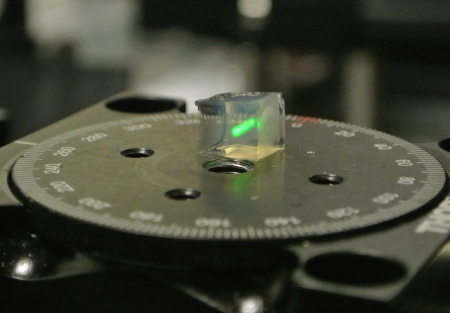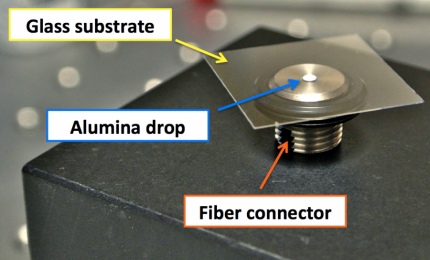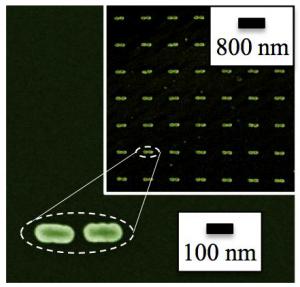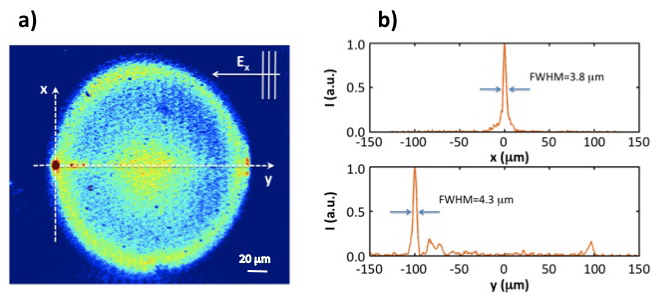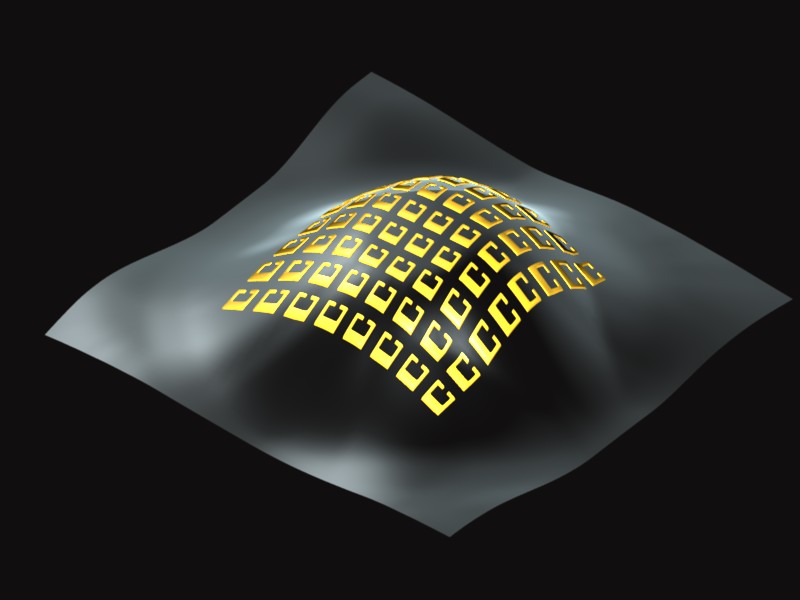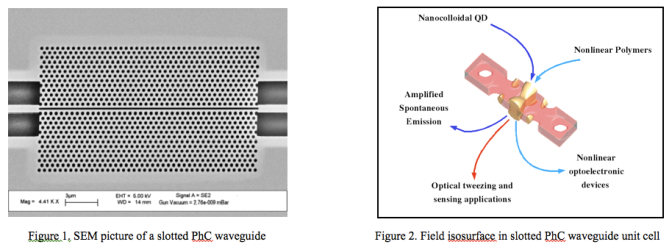Reproducible SERS Substrate
In a recently published article in ACS Nano, we demonstrate a SERS substrate capable of reproducible measurements, such that the relative concentration of a mixture of SERS active molecules can be determined. Surface enhanced Raman spectroscopy has become a widely used research tool for the identification of molecules, but has yet to achieve widespread use outside of academia. The dominant method for generating the required spectra is to use colloidal metallic nanoparticles, but this leads to an inherently random distribution of SERS-active sites, and thus although the signal can uniquely identify a molecule, the intensity of that signal will vary, rendering quantitative analysis impossible. We use… Read More »Reproducible SERS Substrate

